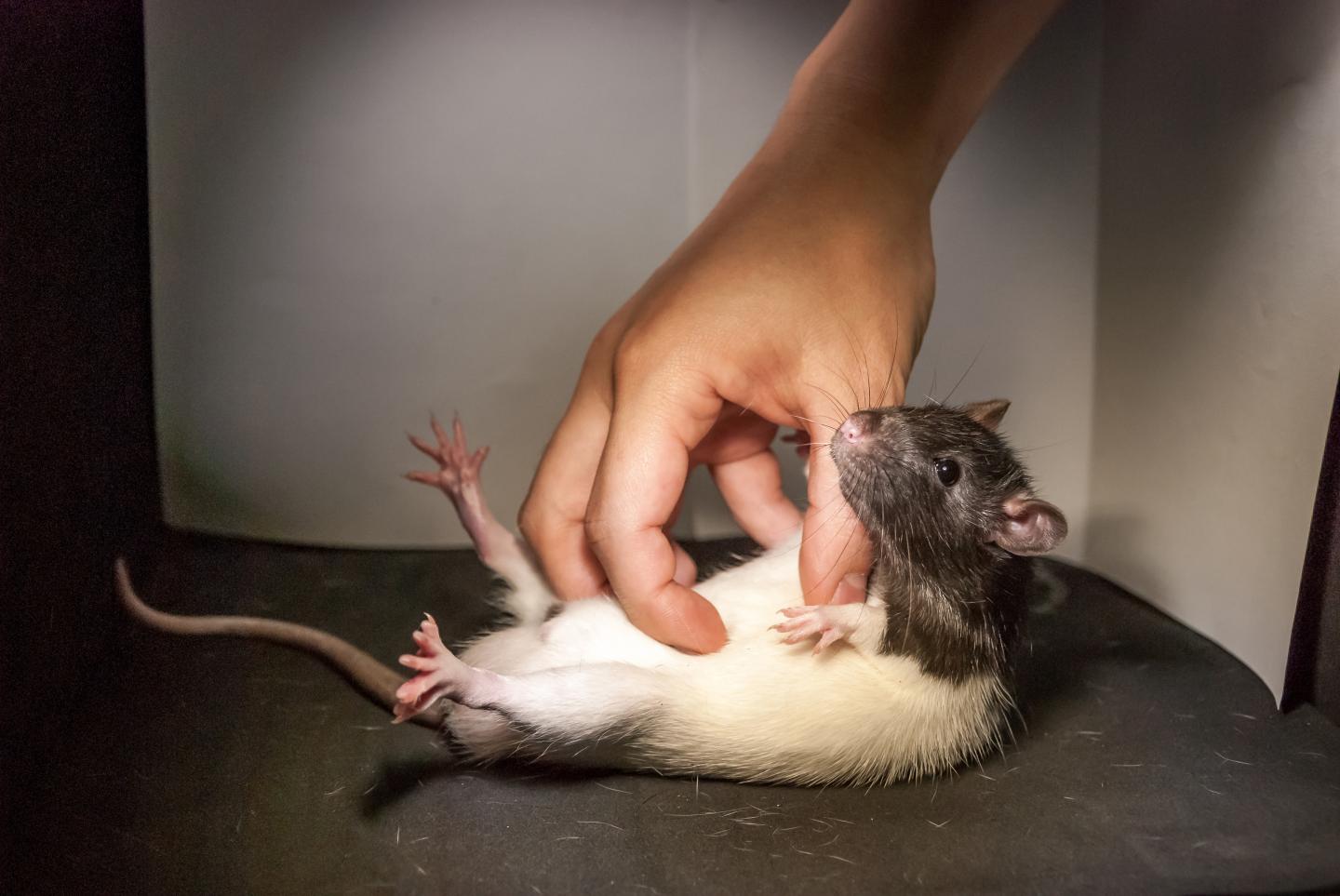We still don’t know how tickling works. More serious research is needed, say scientists
Current theories do not explain why some body parts feels more ticklish than others

Scientists have developed a new method to investigate the long-standing mystery of how tickling works, an advance that could have big implications for our understanding of brain development.
Humans have attempted to understand why we are so sensitive to tickling for over 2,000 years since the time of Socrates, but exactly how the brain processes such stimuli has remained a mystery.
“Socrates, Aristotle, Bacon, Galileo, Descartes, and Darwin theorised about tickling, but after two millennia of intense philosophical interest, experimentation remains scarce,” the researchers from Radboud University in the Netherlands said their new study published in the journal Science Advances.
Tickling, or gargalesis as it is scientifically known, involves a complex interplay of physical, social, neurological and developmental aspects rooted in evolution, the researchers argue.

People with autism spectrum disorder, for example, have been found to perceive touches as more ticklish than others.
Investigating this difference further could reveal clues to brain development in people with autism, the scientists say, but tickling in general remains “relatively under-researched”.
Earlier studies have shown that apes such as bonobos and gorillas, as well as rats, respond to ticklish touches, indicating that the process has an evolutionary significance.
But understanding how tickling emerged has been made more difficult by the fact that the process is not clearly defined within the scientific community, says neuroscientist Konstantina Kilteni, lead author of the new study.
For instance, there is a difference between when one tickles another person on the armpits with hands compared to tickling their back lightly with a feather.
While scientists know more about the second feather-based stimulation, the first sensation is understudied, they say.
Tickling is also one of the earliest triggers for laughter in human development, but it is unclear whether we laugh because we enjoy it.
“No theory satisfactorily explains why touch on some body areas feels more ticklish than on others or why some people are highly sensitive while others remain unresponsive,” the researchers wrote.

To answer these questions better in a standardised setting, scientists have now set up a “tickling lab” that contains a chair with a plate with two holes in it.
In this set up, participants put their feet through the holes, and a mechanical stick tickles the soles of their feet.
This ensures consistency: that every tickle experiment is carried out the same way.
As participants experience tickling, neuroscientists record what happens in their brain, and also check other physical reactions like heart rate, sweating, breathing, or laughter and screaming.
“By incorporating this method of tickling into a proper experiment, we can take tickling research seriously. Not only will we be able to truly understand tickling, but also our brains,” scientists say.
“To conclude, the field will greatly benefit from a qualitative breakthrough, which can be achieved through research standardisation,” they wrote.
Join our commenting forum
Join thought-provoking conversations, follow other Independent readers and see their replies
Comments